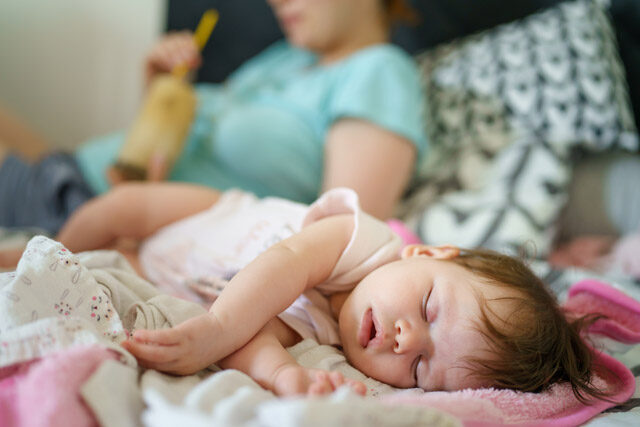Have you been recently astonished by the big news of you bearing twins? Or are you just a curious explorer who wants to know more about fraternal vs. identical twins? Whatever your reasons, we’ll gladly share what we know.
Based on figures, 3% of all live births in the US fall on twins. Out of this amount, only 1% goes for monozygotic twins, and 2% denotes the birth of dizygotic babies. Let’s take an in-depth look into the primary dissimilarities between these two types of twins. But first, we’d like to specify factors adding to the chance of twin pregnancies.
What Are Your Chances of Bearing Twins?
According to Stanford Medicine Children’s Health, the share of twin pregnancies has grown by 70% since the 1980s. The primary reason is believed to be environmental factors. However, many other factors are adding to your chances of conceiving two babies at a time.
- Maternal age;
- Heredity;
- Number of previous pregnancies;
- Racial peculiarities;
- Infertility treatment.
Differences at the Fertilization Stage
A twin pregnancy develops by one of the two possible scenarios. Let’s take a look at both to understand the difference.
The first scenario is a woman produces a single egg, which is fertilized by the sperm to create a zygote. Under unknown circumstances, a zygote may split anywhere from day one to day 9 of gestation, thus creating two embryos instead of one. This is how monozygotic twins appear. Such twins are identical.
Another scenario involves a woman releasing two ova within one cycle and they are fertilized by two different sperm. This way, two embryos are formed. They are called dizygotic or fraternal twins.
Twins Types
The intrauterine development of multiplets depends a lot on whether they are di-or monozygotic. In the first case, the babies are most likely to be dichorionic diamniotic twins, which means they have their own placentas and amniotic sacs. Such gestations are low risk compared to other multiple pregnancies.
There is a chance that your babies will have two placentas but one sac. In such a case they are dichorionic monoamniotic twins. Two-thirds of such babies are monozygotic. Finally, the twins may be monochorionic monoamniotic if they share a placenta and sac. These are the highest-risk pregnancies, and these occur with identical twins only.
Major Dissimilarities
| Identical | Fraternal |
|---|---|
| Always same gender | May have different genders |
| Genetically identical | Genetically close but non-identical |
| Rare – 3 in 1,000 pregnancies | Rather common – 6 to 20 per 1,000 pregnancies |
| Share the same blood type | May have different blood types |
| Look almost identical | Look like regular siblings |




